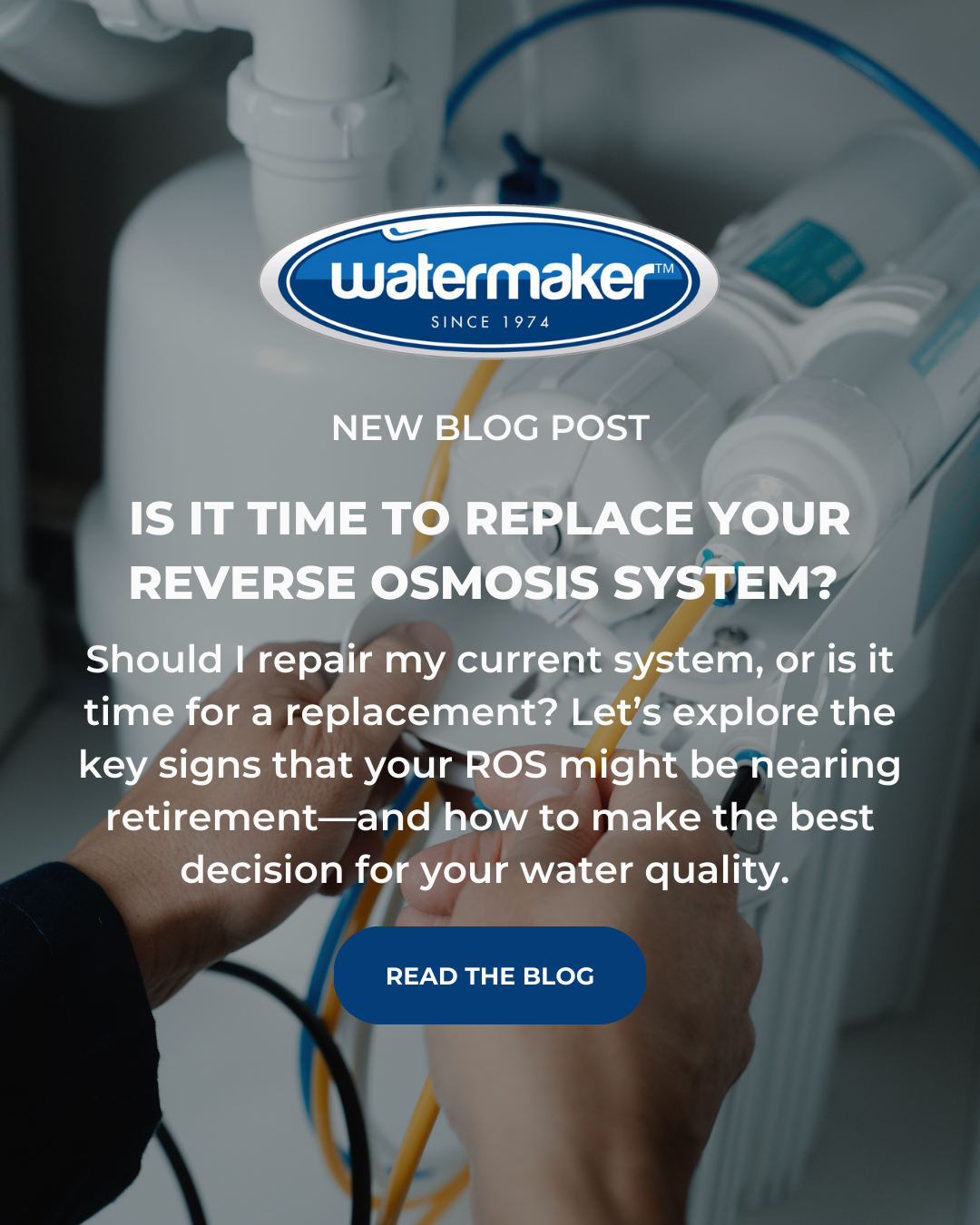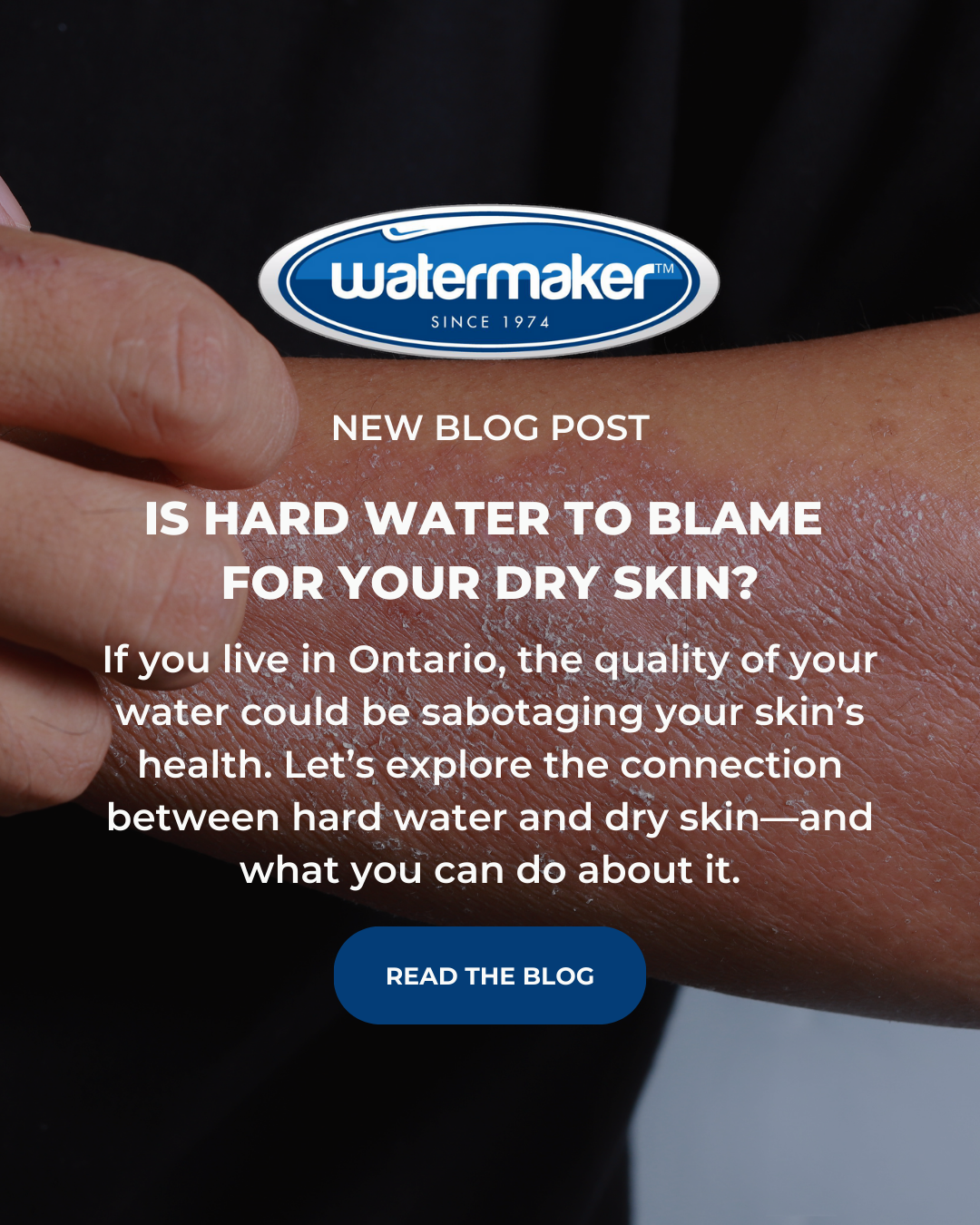Reverse Osmosis Systems (ROS) are the unsung heroes of clean water. These systems work tirelessly to remove contaminants, delivering safe, great-tasting water to your home or business. But like any appliance, even the most reliable Reverse Osmosis System won’t last forever. Over time, wear and tear, component degradation, or evolving water quality needs can leave you wondering: Should I repair my current system, or is it time for a replacement? Let’s explore the key signs that your ROS might be nearing retirement—and how to make the best decision for your water quality.
Signs Your Reverse Osmosis System Needs Attention
- Reduced Water Flow or Pressure
A noticeable drop in water flow is one of the earliest red flags. Clogged filters, membrane fouling, or a malfunctioning pump can restrict water output. While Reverse Osmosis Repair can often resolve these issues (like replacing filters or cleaning components), persistent low pressure after maintenance may signal a deeper problem, such as a failing membrane or compromised housing. - Changes in Water Taste or Odour
The primary job of an ROS is to eliminate impurities that affect taste and smell. If your water starts tasting “off” or develops a metallic or salty flavour, it’s time to investigate. A faulty membrane, expired post-filters, or bacterial growth in the system could be to blame. If repairs don’t resolve the issue, your system may no longer be performing optimally. - High Total Dissolved Solids (TDS) Levels
Use a TDS meter to test your water. A well-functioning Reverse Osmosis System should reduce TDS by 90–95%. If readings spike despite recent filter changes, the membrane is likely compromised. Replacing the membrane is a common repair, but if TDS remains high afterward, the entire system may be outdated or incompatible with your water’s current contaminant profile. - Frequent Repairs or Component Failures
Are you constantly troubleshooting leaks, valve issues, or filter housings? While occasional Reverse Osmosis Repair is normal, recurring problems often indicate systemic decline. The cost and hassle of repeated fixes can quickly outweigh the investment in a new, more efficient system. - Visible Wear or Corrosion
Inspect your system for cracks, rust, or mineral buildup. Aging plastic components can become brittle, while metal parts may corrode in humid environments. Physical damage not only impacts performance but can also introduce contaminants into your water supply.
Repair vs. Replace: Making the Right Choice
Not every issue demands a full replacement. Here’s how to decide:
When to Opt for Reverse Osmosis Repair:
- Minor Component Failures: Issues like a leaky faucet, clogged sediment filter, or worn-out O-rings are often quick and affordable to fix.
- Recent System Installation: If your ROS is under 5–7 years old and has been well-maintained, repairs usually extend its lifespan.
- Warranty Coverage: Check if parts or labor are still under warranty to minimize out-of-pocket costs.
When Replacement Makes Sense:
- Age: Most ROS units last 10–15 years. If yours is older, newer models offer advanced filtration, better efficiency, and smarter technology.
- Outdated Technology: Older systems may lack features like automatic shut-off, tankless designs, or compatibility with modern filter media.
- Water Quality Demands Have Changed: If your water source now contains new contaminants (e.g., PFAS, pharmaceuticals), a newer system with specialized filters may be necessary.
- Costly Repairs: If repair expenses exceed 50% of the price of a new unit, replacement is usually more economical long-term.
The Benefits of Upgrading Your ROS
Modern Reverse Osmosis Systems are leaps ahead of older models. Upgrading offers:
- Enhanced Efficiency: Newer membranes use less water while producing more purified water.
- Lower Maintenance: Features like filter change indicators and easy-swap cartridges simplify upkeep.
- Improved Contaminant Removal: Advanced systems tackle a broader range of pollutants, including micro-plastics and heavy metals.
- Space-Saving Designs: Tankless ROS units free up under-sink space and deliver water on demand.
Conclusion: Don’t Compromise on Clean Water
Your Reverse Osmosis System is a critical line of defence for your health. While repairs can breathe temporary life into an aging unit, there comes a time when replacement is the smarter, safer choice. If your ROS is showing multiple warning signs—or simply isn’t keeping up with your needs—it’s worth exploring newer, more robust solutions.
Watermaker Can Help
At Watermaker in Orangeville and Fergus, we’re here to help you decide. Our experts provide honest assessments, reliable Reverse Osmosis Repair services, and top-tier replacement systems tailored to your water quality goals. Contact us today for a consultation—because clean water shouldn’t be a question mark.


